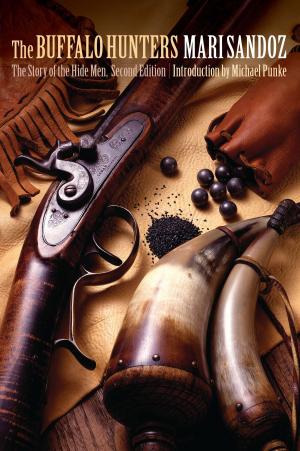Glory, Trouble, and Renaissance at the Robert S. Peabody Museum of Archaeology
Nonfiction, Social & Cultural Studies, Social Science, Archaeology, Anthropology| Author: | ISBN: | 9781496205414 | |
| Publisher: | UNP - Nebraska | Publication: | April 1, 2018 |
| Imprint: | University of Nebraska Press | Language: | English |
| Author: | |
| ISBN: | 9781496205414 |
| Publisher: | UNP - Nebraska |
| Publication: | April 1, 2018 |
| Imprint: | University of Nebraska Press |
| Language: | English |
Glory, Trouble, and Renaissance at the Robert S. Peabody Museum of Archaeology chronicles the seminal contributions, tumultuous history, and recent renaissance of the Robert S. Peabody Museum of Archaeology (RSPM). The only archaeology museum that is part of an American high school, it also did cutting-edge research from the 1930s through the 1970s, ultimately returning to its core mission of teaching and learning in the twenty-first century.
Essays explore the early history and notable contributions of the museum’s directors and curators, including a tour de force chapter by James Richardson and J. M. Adovasio that interweaves the history of research at the museum with the intriguing story of the peopling of the Americas. Other chapters tackle the challenges of the 1990s, including shrinking financial resources, the Native American Graves Protection and Repatriation Act and relationships with American Indian tribes, and the need to revisit the original mission of the museum, namely, to educate high school students. Like many cultural institutions, the RSPM has faced a host of challenges throughout its history. The contributors to this book describe the creative responses to those challenges and the reinvention of a museum with an unusual past, present, and future.
Glory, Trouble, and Renaissance at the Robert S. Peabody Museum of Archaeology chronicles the seminal contributions, tumultuous history, and recent renaissance of the Robert S. Peabody Museum of Archaeology (RSPM). The only archaeology museum that is part of an American high school, it also did cutting-edge research from the 1930s through the 1970s, ultimately returning to its core mission of teaching and learning in the twenty-first century.
Essays explore the early history and notable contributions of the museum’s directors and curators, including a tour de force chapter by James Richardson and J. M. Adovasio that interweaves the history of research at the museum with the intriguing story of the peopling of the Americas. Other chapters tackle the challenges of the 1990s, including shrinking financial resources, the Native American Graves Protection and Repatriation Act and relationships with American Indian tribes, and the need to revisit the original mission of the museum, namely, to educate high school students. Like many cultural institutions, the RSPM has faced a host of challenges throughout its history. The contributors to this book describe the creative responses to those challenges and the reinvention of a museum with an unusual past, present, and future.















